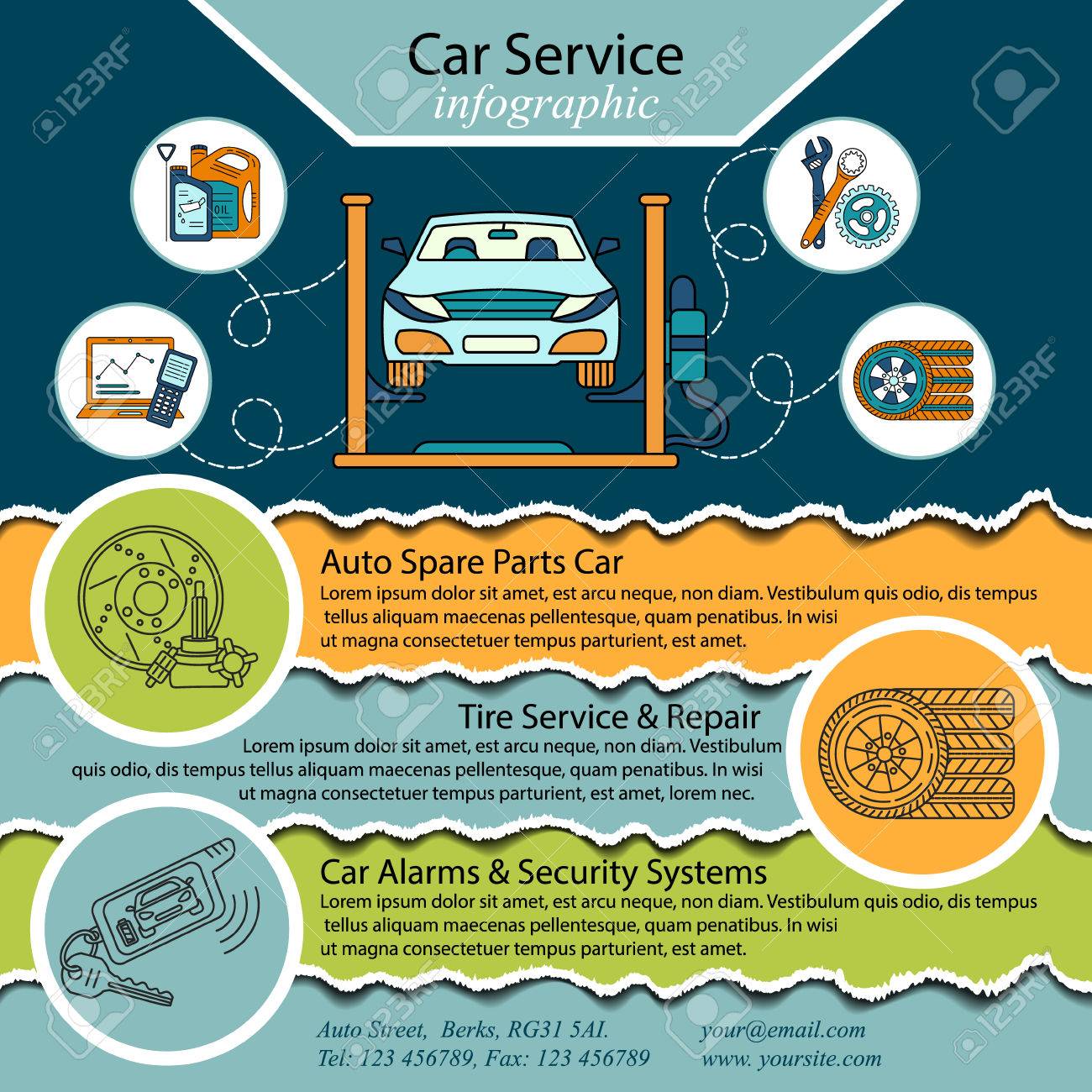Recognizing Your Automobile'S Warning Lighting: What Do They Actually Mean?
Recognizing Your Automobile'S Warning Lighting: What Do They Actually Mean?
Blog Article
Write- automarineaucklandcity -Boye Gilbert
When you lag the wheel, those beautiful caution lights on your control panel can be a bit complicated. Do you recognize what they're trying to inform you about your car's health? Recognizing the significance of these lights is vital for your safety and security and the long life of your automobile. So, the next time among those lights pops up, would not you intend to understand its message accurately and take the required steps to resolve it?
Common Warning Lighting and Interpretations
Determine typical warning lights in your cars and truck and understand their significances to guarantee safe driving.
One of the most regular caution lights consist of the check engine light, which indicates issues with the engine or exhausts system. If this light begins, it's vital to have your automobile inspected quickly.
The oil pressure advising light indicates low oil pressure, calling for prompt focus to avoid engine damages.
A blinking battery light could recommend a malfunctioning charging system, potentially leaving you stranded otherwise resolved.
The tire pressure surveillance system (TPMS) light notifies you to reduced tire pressure, impacting vehicle security and fuel efficiency. Ignoring this might result in dangerous driving problems.
The abdominal muscle light suggests a trouble with the anti-lock stopping system, compromising your capacity to stop promptly in emergencies.
Lastly, the coolant temperature alerting light warns of engine overheating, which can lead to extreme damage if not resolved promptly.
Comprehending these usual warning lights will certainly help you deal with concerns without delay and keep safe driving conditions.
Importance of Prompt Focus
Understanding the common warning lights in your vehicle is only the first step; the significance of quickly dealing with these cautions can't be highlighted sufficient to guarantee your security on the road.
When a warning light brightens on your dashboard, it's your vehicle's means of interacting a potential problem that requires focus. Neglecting these cautions can result in extra severe issues down the road, compromising your safety and security and possibly costing you a lot more in repairs.
Prompt interest to advising lights can stop break downs and accidents. For instance, a flashing check engine light could suggest a misfire that, if left unattended, might cause damages to the catalytic converter. Resolving this promptly can save you from a pricey fixing.
Similarly, car detail cleaning advising light might signal low brake fluid or worn brake pads, important components for your security when driving.
DIY Troubleshooting Tips
If you discover a warning light on your dashboard, there are a few do it yourself repairing pointers you can attempt prior to seeking professional assistance.
The first step is to consult your vehicle's manual to understand what the certain warning light suggests. In some cases the problem can be as basic as a loose gas cap causing the check engine light. Tightening up the gas cap may fix the trouble.
One more usual issue is a reduced battery, which can activate various warning lights. Examining the battery connections for corrosion and guaranteeing they're protected may repair the problem.
If a caution light continues, you can try resetting it by disconnecting the vehicle's battery for a few minutes and afterwards reconnecting it. In addition, checking your automobile's fluid levels, such as oil, coolant, and brake liquid, can aid troubleshoot warning lights connected to these systems.
Final thought
In conclusion, recognizing your vehicle's warning lights is crucial for maintaining your automobile running efficiently and securely. By promptly dealing with these alerts and understanding what they indicate, you can avoid costly repair work and possible breakdowns.
Keep in mind to consult your vehicle's handbook for particular details on each advising light and do something about it accordingly to ensure a trouble-free driving experience.
Stay educated, remain safe when traveling!
